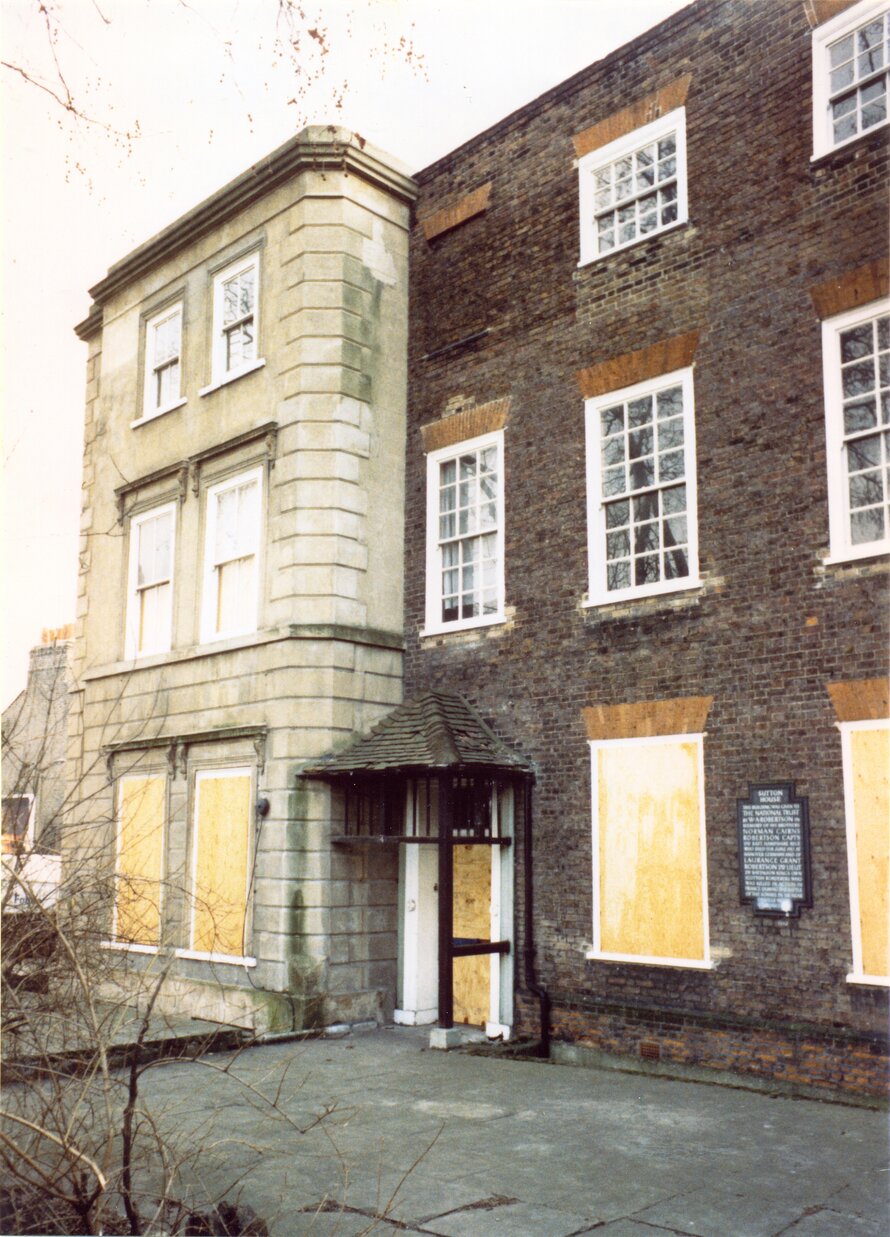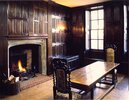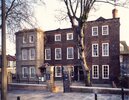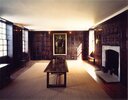Sutton House Community Scheme, Hackney
Sutton House, in the East London Borough of Hackney, was built in 1535 and is a rare example of a brick built house from the Tudor period. Although built as a country house by an official in the court of Henry VIII, it has been used by its subsequent occupants for many purposes: ...
Read more
Project details
| Title: | Sutton House Community Scheme, Hackney |
|---|---|
| Entr. year: | 1994 |
| Result: | Diploma |
| Country: | United Kingdom |
| Town: | Hackney, London |
| Category type: | architectural heritage |
| Building type/ Project type: | residential building |
| Former use: | Manor house; school; church; offices |
| Actual use: | Arts centre |
| Built: | 16th century |
| Architect / Proj.leader: | Richard Grifiths - Julian Harrap, Architects (London - GB) |
| The Jury's citation: | "For the scholarly and painstaking restoration of an important Tudor hause, enabling it, once again, to play its part in the life of the community" |
| GPS: | 51°32'54.5"N 0°3'1.5"W |
| Web, Links: | www.nationaltrust.org.uk/sutton-house-and-breakers-yard |
Description:
Sutton House, in the East London Borough of Hackney, was built in 1535 and is a rare example of a brick built house from the Tudor period. Although built as a country house by an official in the court of Henry VIII, it has been used by its subsequent occupants for many purposes: as a home, school, church institute and offices and social and economic changes have transformed the original rural setting into a depressed inner city location. Despite changes and additions over the centuries, the house has retained many original features and its essential 'H' plan form. From the early 1980s the building became vacant for nearly a decade and rapidly experienced vandalism, squatting and theft. Sutton house, owned by the National Trust, has been fully restored to display its historic interiors and to serve as an arts and education centre. The Young National Trust Theatre and the Early Music Centre both have their bases at Sutton House and education plays a very important role in the daily program with up to 120 school children a week visiting the house.
Similar projects

15th century
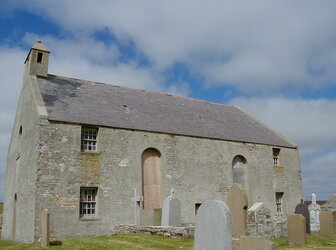
19th century
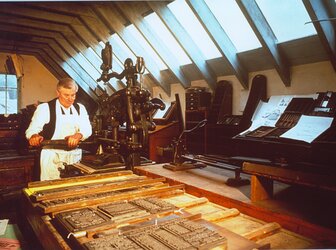
19th century
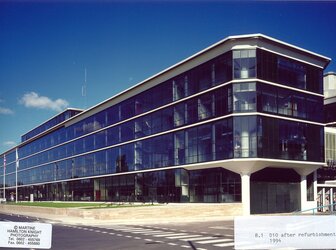
20th century
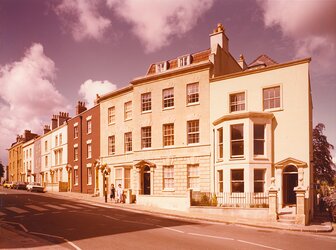
18th-19th century

18th century

18th century
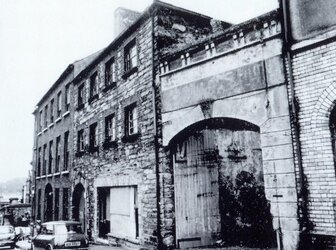
17th century
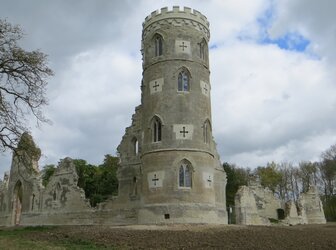
18th century
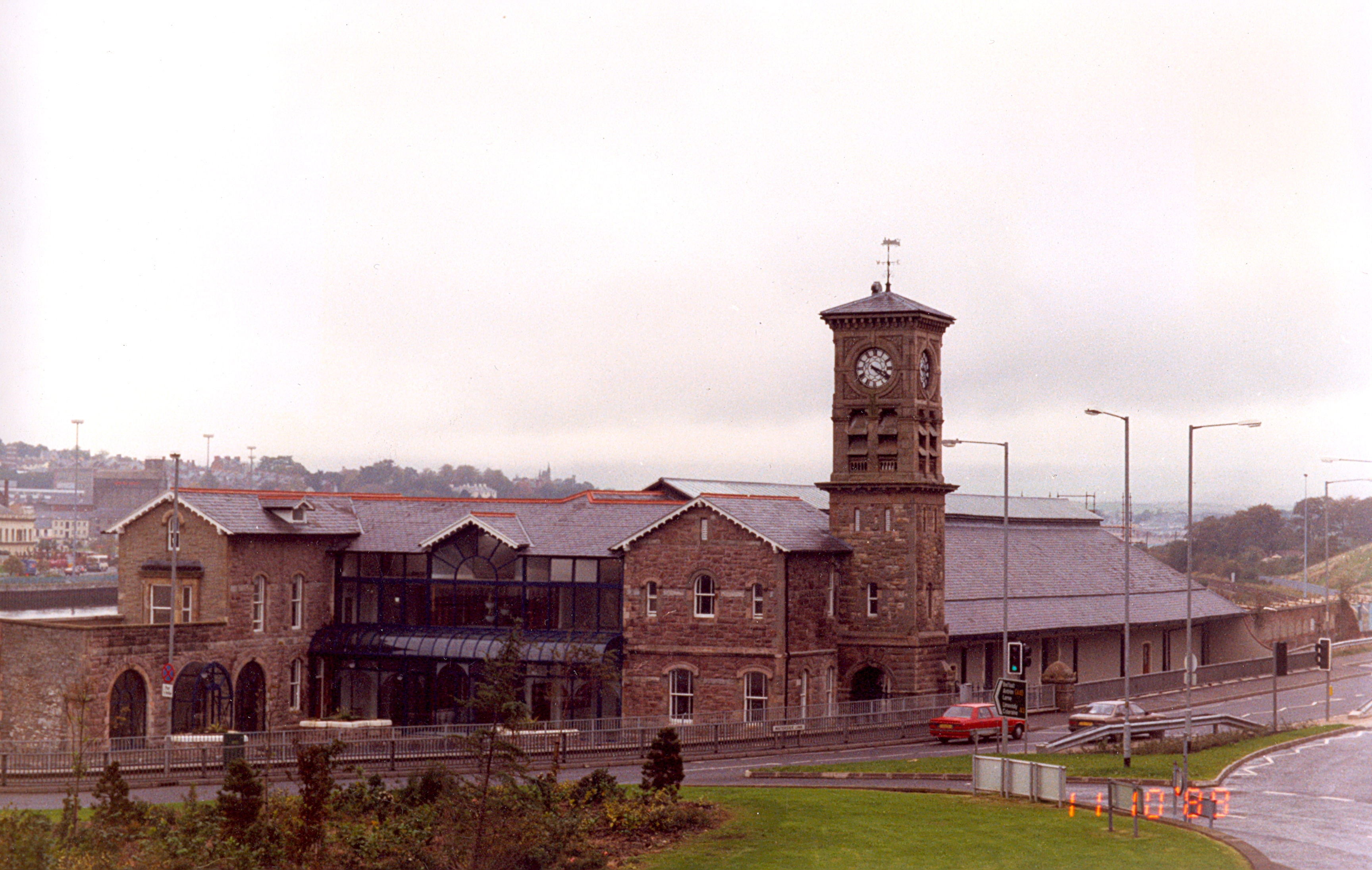
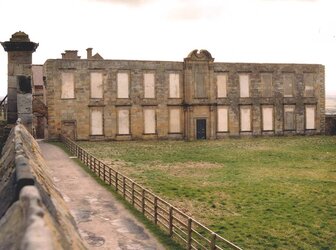
7th century
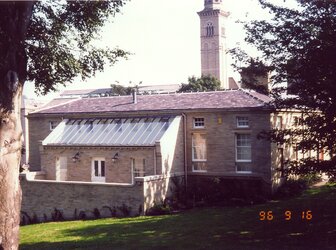
19th century
